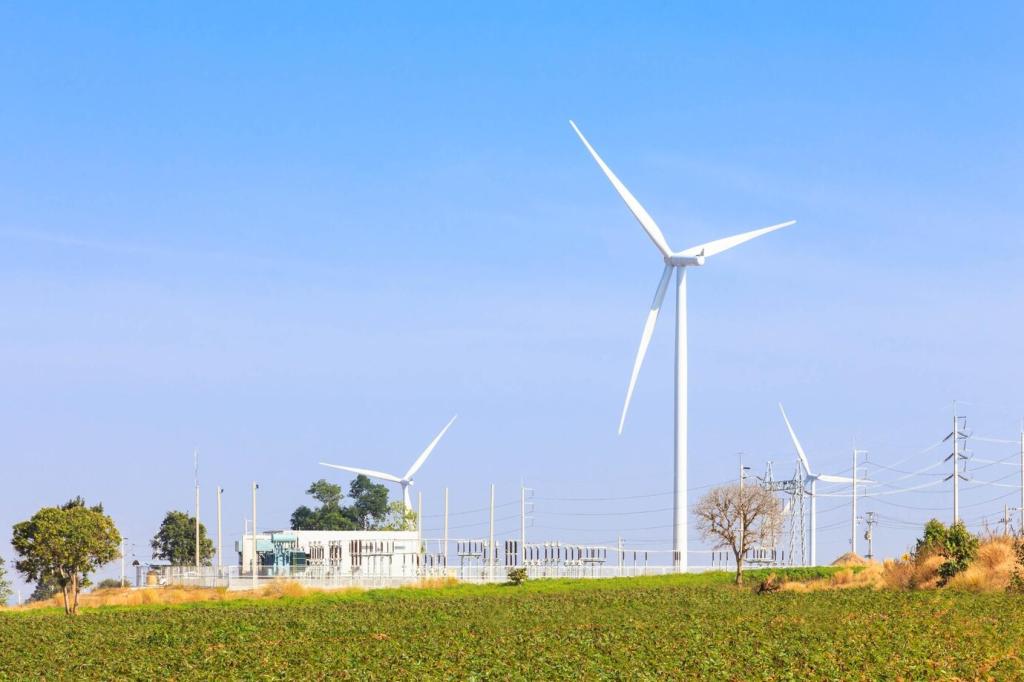
Emerging Trends in Eco-Friendly Architecture
Today’s chosen theme: Emerging Trends in Eco-Friendly Architecture. Step into a future where buildings heal cities, respect resources, and uplift people. Explore practical strategies, real stories, and ways to participate—then subscribe to follow every new insight.
Why These Trends Matter Now
Cities are warming, grids are stressed, and water cycles are shifting. Buildings contribute significantly to emissions, but they can also be powerful solutions. Thoughtful design lowers carbon, cools streets, and creates healthier spaces people enjoy inhabiting every day.
Why These Trends Matter Now
Progressive teams are moving beyond code minimums to track energy, water, and comfort in use. Dashboards, benchmarks, and transparent reporting help align designers, owners, and occupants, turning goals into accountable, lived performance rather than aspirational checklists.


Daylight as a design driver
Optimized daylighting balances glare, heat, and views using façade tuning, light shelves, and interior reflectance. Teams simulate sun paths early, then refine apertures and shading, delivering calm, luminous rooms that encourage focus without sacrificing thermal comfort or privacy.
Greenscapes indoors, thoughtfully managed
Living walls and planters thrive when irrigation, species selection, and maintenance are designed together. Selecting hardy, low-water species and integrating greywater loops transform decor into durable biophilic infrastructure rather than short-lived ornamental gestures that falter after the opening ceremony.
A small story from a big office
After a retrofit adding daylight scoops and a modest atrium garden, a downtown team reported better concentration and fewer afternoon slumps. One manager joked that the plants became silent colleagues—steady, grounding, and strangely motivating during deadline weeks.



Start passive, then add tech
Orientation, insulation, airtightness, and shading do heavy lifting before mechanical complexity arrives. Right-sized equipment costs less and performs better. Careful envelope detailing prevents small leaks that become big loads, preserving comfort during heatwaves and unexpected grid disruptions.
On-site energy and storage ecosystems
Rooftop photovoltaics, façade-integrated modules, and battery systems flatten peaks and support resilience. Heat pumps paired with smart controls stretch every kilowatt-hour, while load shifting strategies align building rhythms with cleaner grid moments throughout the day and seasons.
Counting embodied carbon across the lifecycle
A net-zero mindset includes structure, finishes, and replacements. Early-stage carbon budgets guide design choices, while end-of-life planning captures salvage value. Publishing results invites peer review and accelerates sector learning grounded in evidence, not marketing claims or untested assumptions.

IoT sensors and adaptive controls
Fine-grained data on temperature, CO₂, occupancy, and light guides real-time adjustments. Instead of fixed schedules, systems respond to actual use, cutting waste while protecting comfort. The result is smoother performance and fewer complaints after the first-year honeymoon.
Digital twins and continuous commissioning
Virtual replicas monitor performance and test scenarios before making changes on site. Continuous commissioning catches drift—valves stuck open, sensors out of calibration—ensuring savings last beyond ribbon cuttings and translate into real improvements people can feel across seasons.
Post-occupancy learning culture
Surveys, walk-throughs, and community meetings reveal what dashboards miss. When occupants share experiences, teams fix quirks faster. Comment below with monitoring tools you’ve tried, and subscribe to see upcoming comparisons of platforms for small and large projects.
Resilience and Regeneration
Rain gardens, permeable surfaces, and cisterns buffer storms while feeding landscapes. Greywater reuse supports irrigation, reducing demand on stressed supplies. These systems double as beautiful amenities, inviting communities to engage with water cycles rather than burying them underground.
Resilience and Regeneration
Cool roofs, shading trellises, and layered planting calm hot streets and courtyards. Native species nurture pollinators while reducing maintenance. Thoughtful microclimate design restores comfort, enabling outdoor learning, play, and work to flourish even during relentless summer heatwaves.

